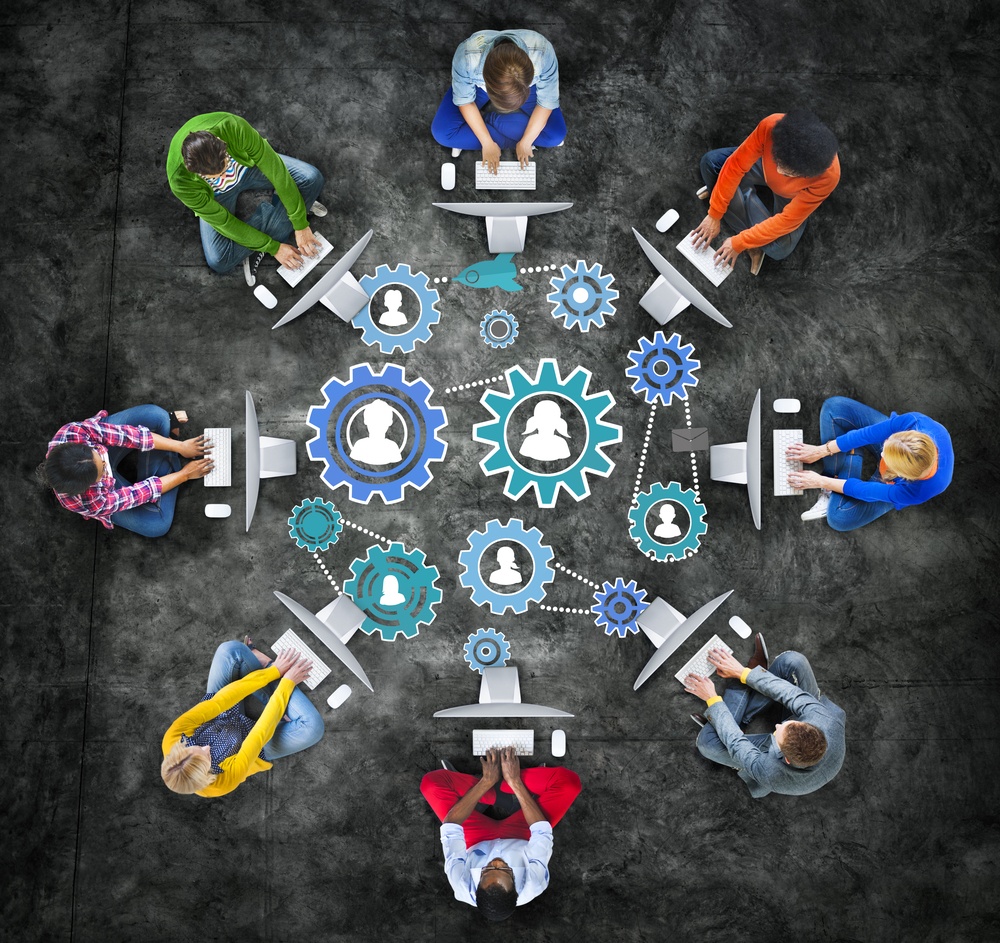eLearning Platforms And Social Learning
Albeit social and eLearning are not interdependent, a nexus between them exists. Social learning theory borrowed many elements from the coeval behavioral theories, such as the learner observing the instructor's behavior and its consequences, and that influences his receptivity to the instructions delivered.
eLearning, on the other hand, explores the potential of electronic and online platforms for learning; the nexus between the two points at behaviors across several media platforms and the learning prospect they consist of.
Electronic Platform
It is resourceful if you want to become an eLearning pro. We get learning inputs from news channels and reality TV shows. The reality shows are more helpful for learning; those shows put contestants in challenging situations.
When watching a reality show on the television, a viewer:
- Observes the difficulty level.
- Observes how the challengers handle it.
- Observes how one challenger’s approach is different from the others.
Such observations help him learn in the following ways:
- He learns all problems have solutions, regardless of how difficult they appear.
- He learns there are multiple ways to solve a problem.
- He learns not all those ways are equally effective.
The Shortcomings:
The electronic platform consists of various shortcomings. They are the following:
- It’s not interactive (some programs may be so, but the platform itself is not).
- It's possible to misguide and mislead audiences through TV shows. Some media outlets have allegedly done this and become infamous.
- Only the uber-rich are allowed for content production.
These shortcomings lower the platform’s appeal.
Online Platforms
Digital platforms, especially social media, are a thousand times more useful than their electronic twins. An online platform has its share of drawbacks, but not the shortcomings mentioned above.
In fact, it brings eLearning close to social learning. A fellow writer, Christopher Pappas, already has discussed the usefulness of LinkedIn for social learning. There are scores of other digital platforms and they all have something to contribute to the eLearning.
But do they bolster social learning too? Let’s find that out.
1. Facebook.
Facebook is a social platform, but not so useful for learning. In his article about using LinkedIn for social learning, Christopher made many recommendations. Of them, two are:
- Creating assignments utilizing LinkedIn as a tool for research.
- Taking interviews of accomplished professionals on LinkedIn and designing activities around those interviews.
These two recommendations are hard to follow on Facebook. Users don’t log on to it to research. They spend time around non-productive activities. Group or page owners can somewhat monitor the user’s behaviors and find a pattern. But that’s far from social learning. Nevertheless, the findings help brands to develop analytics and marketing strategies.
Hence, Facebook yields learning opportunities for brands, not for individuals.
2. Google Plus.
Google+ is very helpful for social learning. The best thing about the platform is you sign in to it through your Gmail account. This gives you immediate access to all of Google’s products such as the Chrome app store, AdWords, YouTube, and many more.
You comment on a YouTube video and then keep receiving Google+ notifications on the ensuing activities. Imagine the level of participation it can create around tutorial videos. You watch one, then ask something in the form a comment. When another user replies to your comment, you get a notification on your Google+ profile page, and start interacting without even having to switch to a different tab.
3. Pinterest.
It may not function as a direct leverage for social learning, which Google+ does, but Pinterest stocks ample resources on it. A hub for infographics, Pinterest enables you to browse through plenty of social learning examples.
eLearning professionals around the world design infographics on how social learning connects to eLearning and then pin them. Those infographics could be life-savers when you are struggling to lay your hands on new strategies.
Learning Management System Software
Efficiency is one criterion to compare two Learning Management Systems. Another is how social they are. The Learning Management Systems with optimum social quotient formalize informal learning. The social aspect of learning remains unchanged, only the process of learning becomes more systematic.
Industry observers have identified a silent revolution in Learning Management System development. The ones that were introduced before the social media boom lacked many social features. The newer ones are equipped with them. The best Learning Management System solutions have been reviewed to identify the social factors.
Those factors are the following:
- Billboards.
- RSS feeds.
- Mail notification.
- Blog.
- Podcast.
- Discussion boards.
- Content rating facility.
- Content tagging facility.
- Content recommendation facility.
- Social media integration.
- Corporate social network integration.
- Displaying awards, badges, achievements, etc. to a social platform, powered by the Learning Management System.
- Learning Management System gamification integration.
- Unification of learning and social activities.
- Polling with analytics.
- Social engagement monitoring.
The future Learning Management Systems will exhibit more social features, which will make collaboration with like-minded people easier.
On The Horizon
Those who hold social learning as the future of eLearning are not exaggerating. Participation and collaboration are two key aspects of eLearning and unless the learning framework gets social, it’s not possible to catch on to them.









